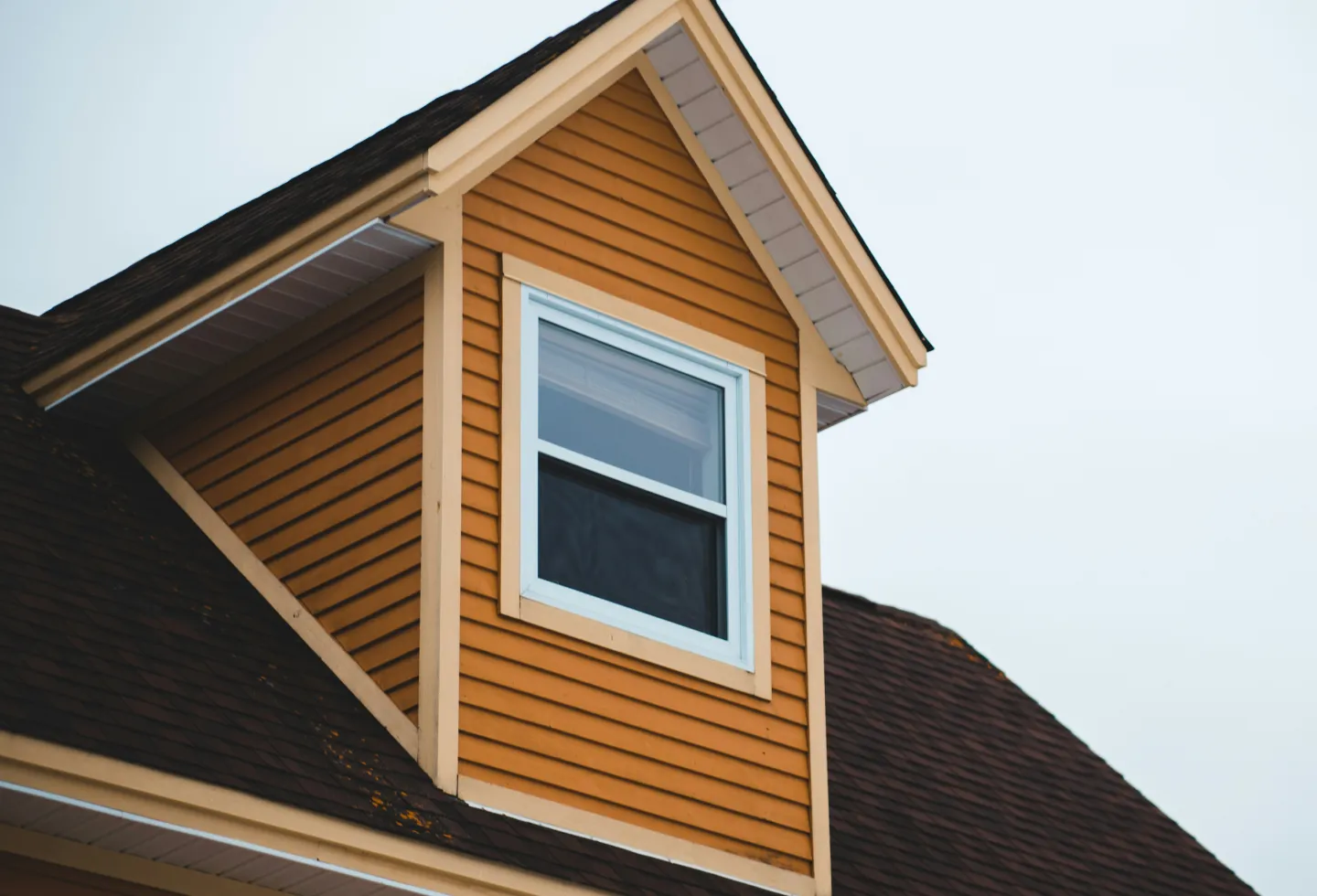Sewer bills can take a hefty chunk out of any homeowner's monthly cash flow. Fortunately, since the bill depends on water and wastewater consumption, there are steps you can take to keep costs down.
If you're a homeowner looking to lessen your expenses, read on. This post will explore how to reduce a sewer bill.
How to reduce a sewer bill: 9 options
Be mindful of water usage
One of the most simple and straightforward ways to save on your sewer bill is to keep track of your household's water usage. Long showers and running sinks are sneaky contributors to high bills. For example, a daily 45-minute shower will cost you over $450 more per year than a 10-minute shower. With a bit of adjustment to your daily routine, you can save hundreds.
Tips to reduce water usage:
- Take shorter showers, limiting yourself to 5-15 minutes.
- Turn off the sink while you brush your teeth or lather your hands when washing them.
- Avoid running the tap while doing dishes; instead, fill the sink with soapy water.
Keep your drain and sewer system well-maintained
Routine home maintenance can feel daunting, but it helps prevent costly blockages and leaks. Although normal wear and tear is expected, over time, it may lead to corrosion or cracks that will increase your sewer bill. By staying up to date with home maintenance and professional inspections, you can keep your bill in check and avoid expensive repairs.
Tips for routine maintenance:
- Clean your drains regularly to prevent buildup.
- Use a plumber’s snake to clear stubborn clogs rather than chemical drain cleaners, which can damage pipes over time.
- Ensure that your sewer cleanout is accessible and in good condition.

Fix leaks promptly
Leaky fixtures are not only a nuisance, but can also increase your water bill by 10% every month. Not to mention, deferred maintenance can have serious consequences on the structural integrity and value of your property.
Tips to prevent leaky fixtures:
- Inspect your faucets, showerheads, and toilets regularly for leaks or slow drips.
- Replace worn-out washers and seals to stop drips.
- If you have a toilet that runs continuously, check the flapper valve and replace it if necessary.
Consider a compost toilet
If you're looking to significantly reduce your water and sewer charges, installing a compost toilet is an eco-friendly and effective way to do so. These types of toilets use little to no water and turn human waste into compost, which can then be safely used for non-edible landscaping purposes.
Benefits of a compost toilet:
- Compost toilets don't rely on traditional plumbing, helping you to save on your water and sewer bills.
- It's an eco-friendly system that supports sustainable waste management.
Install low-flow fixtures
Low-flow showerheads, faucets, and toilets are convenient ways to lower daily water usage without much effort or thought required on your end. The fixtures are designed to limit water flow, helping you see a 25% to 60% dip in water consumption.
Cost of low-flow fixtures:
- Showerheads and faucets can cost between $10 and $20.
- Toilets are more expensive, running anywhere from $100 to $1,500.
Upgrade to energy-efficient appliances
When in the market for new appliances, opt for energy-efficient models that meet Energy Star standards. Although they have a slightly higher upfront cost, energy-efficient appliances can cut the average monthly utility bill by as much as 30%.
Consider these appliances:
- Dishwashers: Choose models that use less water per cycle and operate efficiently.
- Washing machines: Front-loading washers typically use less water than top-loaders.
Add a rain sensor to outdoor sprinklers
Another budget-friendly way to reduce wasted water is to install rain sensors on outdoor sprinklers or irrigation systems. The sensor automatically shuts off the sprinklers when it detects rain to prevent unnecessary water usage.
Added benefits of rain sensors:
- They can prevent overwater, helping you maintain a well-kept landscape.
- The sensors are often easy to integrate into existing sprinkler systems.
Collect rainwater
Rainwater collection is an eco-friendly way to reduce reliance on municipal resources—which helps you keep more of your monthly cash flow. By funneling rainwater into barrels, you can leverage natural sources for irrigation or other outdoor cleaning tasks when needed.
Tips to collect rainwater:
- Use barrels fitted with screens to keep out any unwanted debris, mosquitoes, or small animals.
- Brush up on any rainwater harvesting laws in your area to ensure your collection system complies with local regulations.
Explore low-maintenance landscaping
Grass, flowers, and plants can be serious water guzzlers. By opting for low-maintenance landscaping options, you can drastically decrease how water-dependent your outdoor area is.
For example, mulch in place of grass can cut water usage by as much as 50%. Native plants suited to your local climate or drought-tolerant plants can help make your home more water-efficient, too.
Added benefits of low-maintenance landscaping:
- Creates a beautiful space that requires less upkeep.
- It can enhance your property's value and curb appeal.

Final thoughts
Understanding how to reduce a sewer bill can do more than just save you money—it can help you protect your home, improve your quality of life, and contribute to a more sustainable environment. Whether you opt for low-lift changes or make more significant upgrades, every effort can help put more money in your pocket.
Let your home work for you, and fund your energy-efficient upgrades and appliances using Point's Home Equity Investment. You can tap into your equity with no monthly payments, no income requirements, and no need for great credit. Learn more at Point.com.
No income? No problem. Get a home equity solution that works for more people.
Prequalify in 60 seconds with no need for perfect credit.
Show me my offer
Frequently asked questions

Thank you for subscribing!
.webp)















